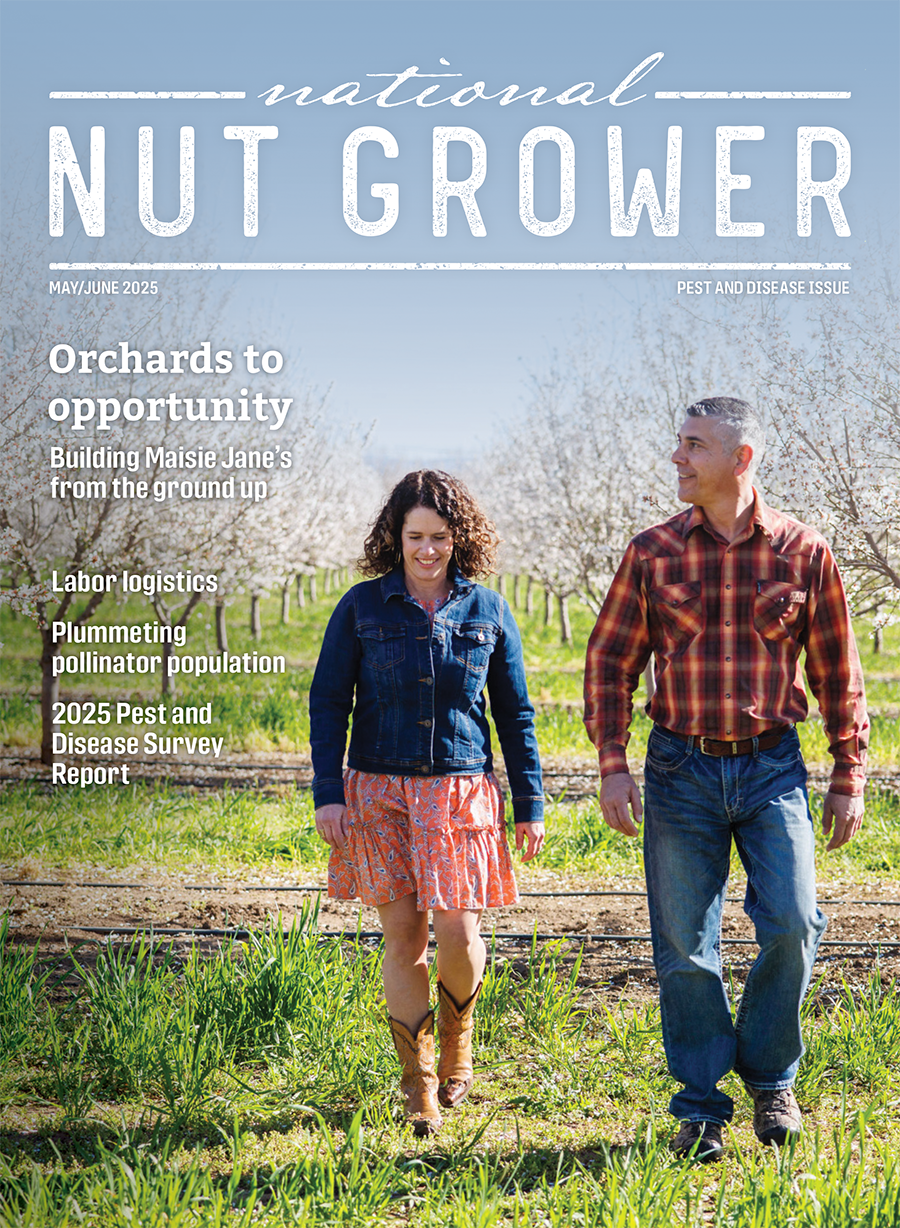Feb 23, 2022USDA news on food loss and waste
Food industry giants join U.S. Food Loss and Waste 2030 Champions
USDA and the Environmental Protection Agency (EPA) welcome seven new U.S. Food Loss and Waste 2030 Champions: Albertsons Companies, BJ’s Wholesale Club, Danone North America, Smithfield Foods, Inc., Starbucks, Sysco, and Tyson Foods These business leaders have committed to reducing food loss and waste in their U.S. operations by 50% by 2030. Learn more about these 2030 Champions and their strategies to reduce FLW in USDA’s latest food loss and waste blog.
U.S. Food Loss and Waste 2030 Champions sign-up form
USDA and EPA encourage more businesses and organizations to become U.S. Food Loss and Waste 2030 Champions and reduce food loss and waste (FLW) in their operations. To join the U.S. Food Loss and Waste 2030 Champions, organizations may complete and submit the 2030 Champions form, in which they commit to reduce food loss and waste in their own U.S. operations by 50% by 2030 and periodically report their progress on their websites. There is no reporting requirement to USDA and EPA. Join now!
USDA Pesticide Data Program donates wholesome food to avert food loss and waste
The Agricultural Market Service’s (AMS) Pesticide Data Program (PDP) collects data on pesticide residues in food. The program provides high-quality, nationally representative data to help ensure consumer confidence in the foods they provide to their families. Nearly 99% of the products sampled through PDP had residues below the EPA tolerances. The PDP tests a wide variety of domestic and imported foods, with a strong focus on foods that are consumed by infants and children. Because most PDP samples are collected at distribution centers, terminal markets, and other wholesalers, entire cases must be obtained while a significantly smaller portion is sent to the laboratory for testing. For example, if a 20-pound case of apples is collected and a 5-pound sample is sent for testing, the remaining 15 pounds are donated so that perfectly wholesome food is not wasted. In most cases, the excess samples are donated to organizations, such as local food banks, shelters, senior assisted living centers, churches, and other charities. PDP often provides the only fresh commodity donations available to these organizations. As a specific example, the state of Michigan donated nearly 14,080 pounds of food during 2021. In total, the program led to the donation of over 43,000 pounds of food in 2019, almost 49,000 pounds of food in 2020, and over 54,000 pounds of food in 2021. Learn more about the PDP database and resources.
New study looks at consumer preferences for food waste reduction solutions
The average U.S. household wastes an estimated 32% of purchased food, translating to $240 billion in economic losses. When it comes to reducing food waste, consumers most favor solutions that involve making food donations easier and establishing standards for food date labels, according to a Penn State University study supported by USDA’s National Institute of Food and Agriculture (NIFA). The study is among the first to examine support and perceived effectiveness for popular food waste solutions. Scientists found making food donations easier and standardizing date labels were the two most popular food waste solutions, with more than 90% support and more than 80% agreement of effectiveness. For more information, read this Penn State Agricultural Sciences blog.
ReFED’s Policy Finder update
On February 16, ReFED launched its updated Policy Finder tool. 2021 saw critical food waste reduction measures taking center stage in policy conversations and active legislation across the country. The Policy Finder Tool, part of ReFED’s Insights Engine, allows users to learn more about federal and state level policies that affect food waste prevention, recovery, and recycling. Learn more about the Policy Finder tool.
Sustainability is the theme at this year’s Ag Outlook Forum
The 98th Annual USDA Agricultural Outlook Forum takes place virtually on February 24-25, 2022. This year’s theme is New Paths to Sustainability Growth, and more than 30 sessions and 100 agriculture leaders and subject matter experts will look at key issues impacting the sector, including USDA’s initial forecast for the agricultural economy, commodity markets, and trade in 2022, food prices outlook and farm income, supply chain disruptions and impacts of transportation, and innovations in climate mitigation and adaptation. Registration is free but required to attend the Forum. For more information, visit the Ag Outlook Forum website.









